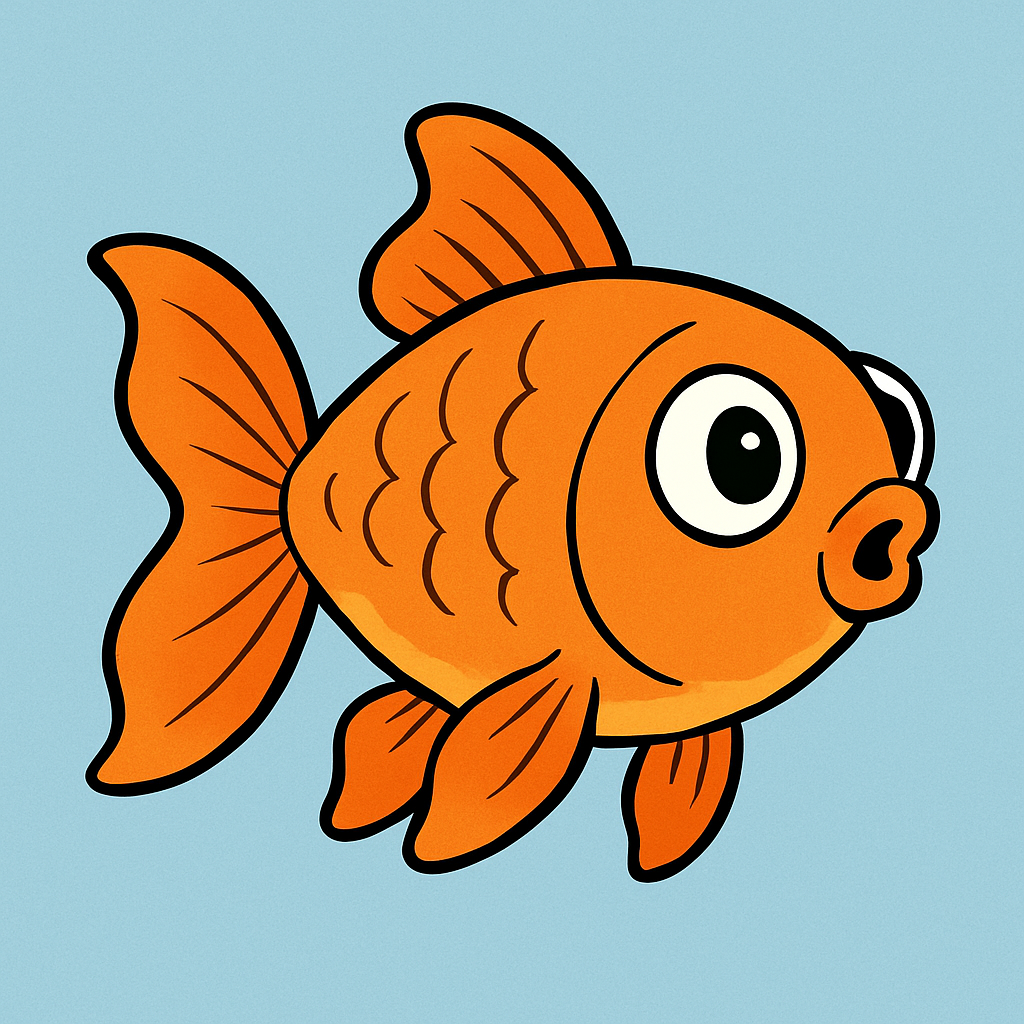The Ethical and Biological Concerns of Feeder Fish Use
🖤 The Ethical and Biological Concerns of Feeder Fish Use
A Science-Based Guide for Responsible Aquarists
🧬 1. Mass Production Under Substandard Conditions
Feeder species such as Carassius auratus (goldfish), Pimephales promelas (rosy red minnows), and Poecilia reticulata (guppies) are mass-produced in commercial aquaculture facilities:
- 🚨 Extreme overcrowding in tanks
- 🌊 Poor water quality with elevated ammonia
- 🦠 High pathogen load (bacteria, fungi, parasites)
- 🔒 Weak biosecurity practices
♻️ 2. Low Welfare Standards & Lifespan Issues
Feeder fish are treated as disposable commodities rather than sentient animals:
- 🩺 Minimal veterinary oversight
- ☠️ High mortality during shipping and holding
- 🧬 Inbred genetics → chronic stress and shorter lifespan
☣️ 3. Disease & Nutritional Risks to Predators
Feeding live fish to predators introduces preventable dangers:
- 🦠 External and internal parasites (Ichthyophthirius, Hexamita)
- 🧫 Bacterial pathogens (Aeromonas, Flavobacterium)
- 🧪 Thiaminase enzyme in goldfish and rosy reds breaks down vitamin B1 → neurological disorders, organ failure, mortality
🧠 4. Ethical Implications of Live Feeding
- 😢 Fish are consumed alive, often suffering stress and injury
- 📜 Modern bioethics emphasizes humane care for all species
- ❌ No biological necessity for live prey in most aquarium predators
🔬 5. Debunking the “Live Food” Myth
Most predatory fish can thrive on non-live diets:
- 🥶 Frozen whole fish, shrimp, or bloodworms
- 🍽️ High-quality carnivore pellets or gel diets
- 🎭 Live feeding is often for “show,” not science
⚠️ 6. Demand Drives Inhumane Practices
- 💵 Low prices → low perceived value
- 🔄 Cycle of neglect: poor care, biosecurity breaches, mass deaths
- 🌱 Supports unsustainable breeding and trade
🧪 If Live Feeding Is Truly Necessary
For rare cases (e.g., obligate piscivores, difficult dietary transitions):
🧫 Quarantine Protocol
- Isolate feeders 2–4 weeks
- Treat for internal/external parasites
- Observe for disease symptoms
🍽️ Nutritional Enrichment
- “Gut-load” feeders with nutrient-dense diets to reduce deficiencies
🚱 Biosecurity Precautions
- Never add store water to tanks
- Disinfect transport containers
📚 Conclusion
Live feeder fish may appear convenient but carry major welfare, disease, and nutritional risks. With abundant safe alternatives, their use is rarely justified. Responsible aquarists are encouraged to:
- 🐠 Prioritize humane care
- 🧪 Invest in pathogen prevention
- 🌍 Support ethical, sustainable aquaculture
By shifting away from live feeders, hobbyists can create healthier ecosystems and set a higher ethical standard for fishkeeping.
